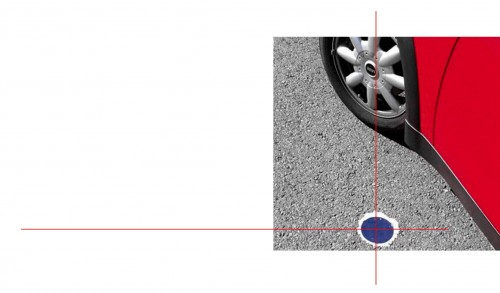Or: Lots of Words But Then An Awesome GIF, So Hang In There
Operating an automobile in an urban area is often quite frustrating. When you want to be driving, you’re often parked in traffic; when you want to be parked, you’re often driving around for a spot. Of course, there are apps for that: real-time traffic mapping apps from Google and others, and now we are also seeing so-called “smart parking” apps that display open parking spots by way of small sensors built in or near the parking space itself, fed into a network and then to a smartphone screen. A recent New York Times story on “smart parking” states that, more...




